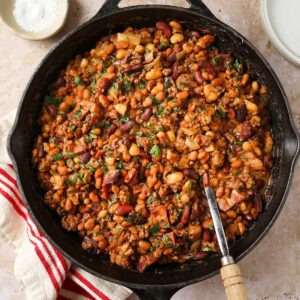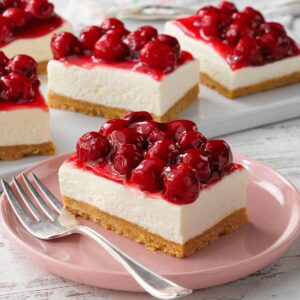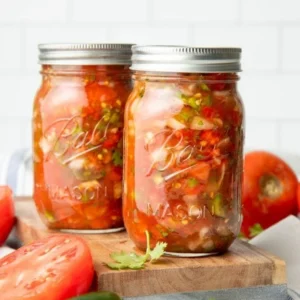The humble egg wash might seem like a small detail, but it’s the secret weapon behind the beautifully golden and glossy finish on pastries, pies, and breads. Rooted in classic French baking techniques, egg wash has become a staple in kitchens worldwide—valued for its simple ingredients and transformative effects.
From flaky croissants to rustic loaves, egg wash enhances color, adds shine, and even acts as a glue for toppings or sealing edges. Whether you’re baking for fun or pursuing culinary excellence, mastering the egg wash elevates your homemade creations.
Ingredients
Here’s what you’ll need for a basic egg wash, plus some popular variations:
Basic Egg Wash:



- 1 whole egg
- 1 tablespoon of water (or milk for extra browning)
Optional Variations:
- For a richer color: Use 1 egg yolk + 1 tsp water
- For a softer shine: Use 1 egg white + 1 tsp water
- For a dairy-free option: Use non-dairy milk instead of water
- For a vegan substitute: Use plant-based milk + maple syrup or aquafaba (chickpea brine)
Step-by-Step Cooking Instructions
- Crack the Egg
Crack the egg into a small bowl. If using only yolk or white, separate accordingly.
- Add Liquid
Add 1 tablespoon of water or milk. Stir thoroughly with a fork or small whisk until fully blended. No streaks should remain.
- Strain (Optional)
For an ultra-smooth wash, strain through a fine mesh sieve to remove chalaza or unmixed bits.
- Apply with Brush
Dip a pastry brush lightly into the wash. Tap off excess and gently brush onto the surface of your dough. Avoid soaking the pastry—it should be a thin, even coat.
- Bake as Directed
Proceed with baking as your recipe instructs. The egg wash will develop color as it bakes.
Common Mistakes to Avoid:
- Using too much egg wash (can cause pooling and uneven browning)
- Not blending egg and liquid properly
- Applying to overly warm or wet dough
Pro Tips and Cooking Techniques
- Brush before scoring: If your recipe involves slashing the dough, brush the wash first to avoid smearing.
- Chill your brush: A cold pastry brush helps maintain dough structure.
- Add salt or sugar: A pinch of salt can reduce streaking; sugar can enhance caramelization for sweet bakes.
- Invest in a silicone brush: Easier to clean and gentler on delicate doughs.
Variations and Customizations
For Dietary Restrictions:
- Vegan: Mix 2 tbsp unsweetened almond milk with 1 tsp maple syrup
- Dairy-Free: Replace milk with oat, soy, or coconut milk
- Low-Fat: Use just egg white and water
Regional/Fusion Twists:
- Asian-style buns: Use egg yolk + sweetened condensed milk for a glossy, sweet crust
- Rustic European breads: Use only water or a flour dusting for a natural, matte finish
Serving Suggestions
While egg wash doesn’t impact flavor much, it dramatically improves appearance. Use it on:
- Pies (sweet or savory)
- Brioche and challah
- Croissants and puff pastry
- Empanadas and calzones
Top with seeds, spices, or sugar after brushing to make them stick.
Nutritional Information (Approx. per 1 serving of egg wash)
| Nutrient | Amount |
|---|---|
| Calories | 70 kcal |
| Protein | 6 g |
| Carbohydrates | 0.5 g |
| Fat | 5 g |
| Cholesterol | 186 mg |
| Sodium | 70 mg |
Note: Most of the wash is not consumed directly, so these values are approximate.
Frequently Asked Questions (FAQs)
Q: Can I make egg wash ahead of time?
Yes! Store it covered in the fridge for up to 2 days. Re-whisk before using.
Q: My wash made the pastry soggy. Why?
You may have applied too much. Use a light touch and make sure your dough isn’t too wet.
Q: Can I freeze egg wash?
It’s not recommended. The texture changes when thawed. Better to make fresh.
Q: How do I reheat egg-washed pastries?
Use a low oven (300°F/150°C) to avoid browning them further. No need to reapply wash.
Closing Thoughts
Egg wash may be simple, but it’s one of those little culinary tricks that make a big difference. Whether you’re after that golden bakery-style finish or just want your homemade goods to shine—literally—this quick step goes a long way.



